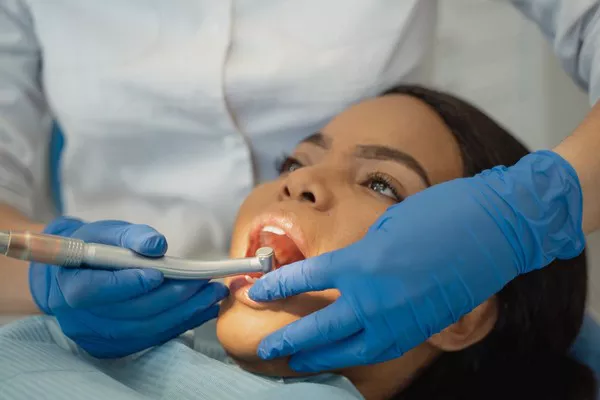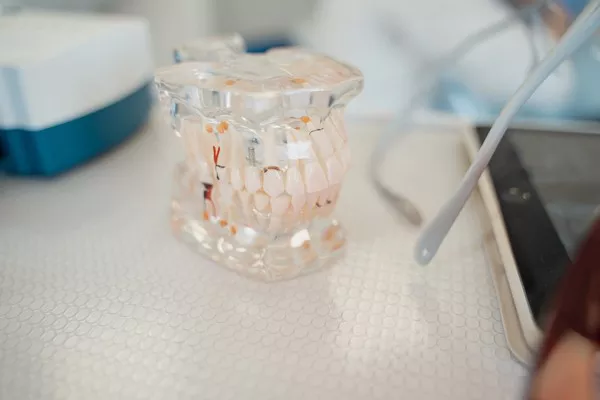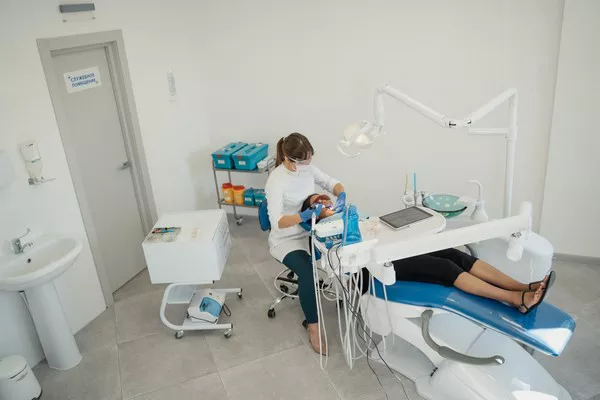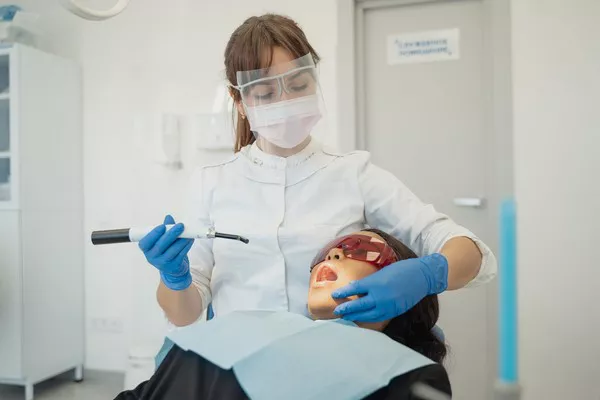Teeth whitening has gained significant popularity in recent years as people strive to achieve a brighter, more confident smile. One common method used in dental practices is teeth whitening gel, often accompanied by an activating light source. However, there is a growing interest in understanding the effectiveness of teeth whitening gel without the use of light. This article aims to delve into the science behind teeth whitening gels, explore their efficacy when used without an activating light, and provide insights into the results patients can expect.
Understanding Teeth Whitening Gel
Teeth whitening gel is a peroxide-based solution containing hydrogen peroxide or carbamide peroxide as the active ingredient. These compounds are responsible for breaking down stains on the tooth enamel, resulting in a lighter shade. The concentration of the peroxide compound in the gel may vary depending on the specific product or treatment being used.
Role of Light Activation in Teeth Whitening
Traditionally, teeth whitening procedures involve the use of an activating light source in conjunction with the whitening gel. The purpose of the light is to accelerate the oxidation process, enhancing the efficiency of the whitening gel and potentially reducing the total treatment time. Light activation devices emit specific wavelengths that activate the peroxide molecules, promoting the release of oxygen radicals for stain removal.
Efficacy of Teeth Whitening Gel Without Light
The effectiveness of teeth whitening gel without light has been a topic of debate among dental professionals and researchers. While light activation may offer some advantages, studies suggest that teeth whitening gel alone can still produce satisfactory results. Here are some factors to consider:
Peroxide Concentration:
The concentration of peroxide in the teeth whitening gel plays a crucial role in determining its efficacy. Higher concentrations of peroxide are generally more effective at breaking down stains, regardless of light activation. However, it is important to note that higher concentrations may increase the risk of tooth sensitivity and potential damage to the enamel if used incorrectly.
Contact Time:
The duration for which the whitening gel remains in contact with the teeth also influences the overall effectiveness. Longer contact time allows the peroxide to penetrate the enamel and break down the stains more effectively. Therefore, following the recommended treatment duration provided by dental professionals is essential for optimal results.
Stain Type:
Teeth whitening gels without light can effectively address two main types of tooth stains: extrinsic and intrinsic stains. Extrinsic stains, caused by external factors like coffee or tobacco, are usually easier to remove. Intrinsic stains, on the other hand, originate from within the tooth structure and may require more intensive treatments.
Patient Compliance:
Patient compliance and adherence to the instructions provided by dental professionals significantly impact the success of teeth whitening treatments. Proper application of the gel, including consistent use and following the recommended frequency, can lead to satisfactory results.
Expected Results and Considerations
When using teeth whitening gel without light, patients can expect gradual and progressive improvements in tooth color. It is important to manage expectations, as individual results may vary depending on various factors, including the initial tooth shade, stain severity, oral hygiene practices, and lifestyle habits.
Gradual Whitening:
Teeth whitening gel without light typically offers a more gradual whitening process compared to treatments with light activation. Patients may need to continue the treatment over several weeks to achieve their desired level of whiteness.
Tooth Sensitivity:
Tooth sensitivity is a common side effect of teeth whitening procedures, irrespective of light activation. It is believed to occur due to the temporary dehydration of the teeth and the penetration of peroxide molecules into the dental tubules. Dental professionals may recommend desensitizing agents or adjusting treatment frequency to manage sensitivity.
Maintenance and Oral Hygiene:
Maintaining good oral hygiene practices, such as regular brushing and flossing, is essential to preserve the results of teeth whitening treatments. Additionally, minimizing consumption of staining substances like coffee, tea, and tobacco can help prolong the effects of the whitening procedure.
Professional Guidance and Safety
It is crucial to consult with a dental professional before embarking on any teeth whitening treatment, whether with or without light activation. A thorough examination will determine the suitability of the treatment for individual patients, taking into consideration factors such as oral health, existing restorations, and personal goals.
Related Topics:





























